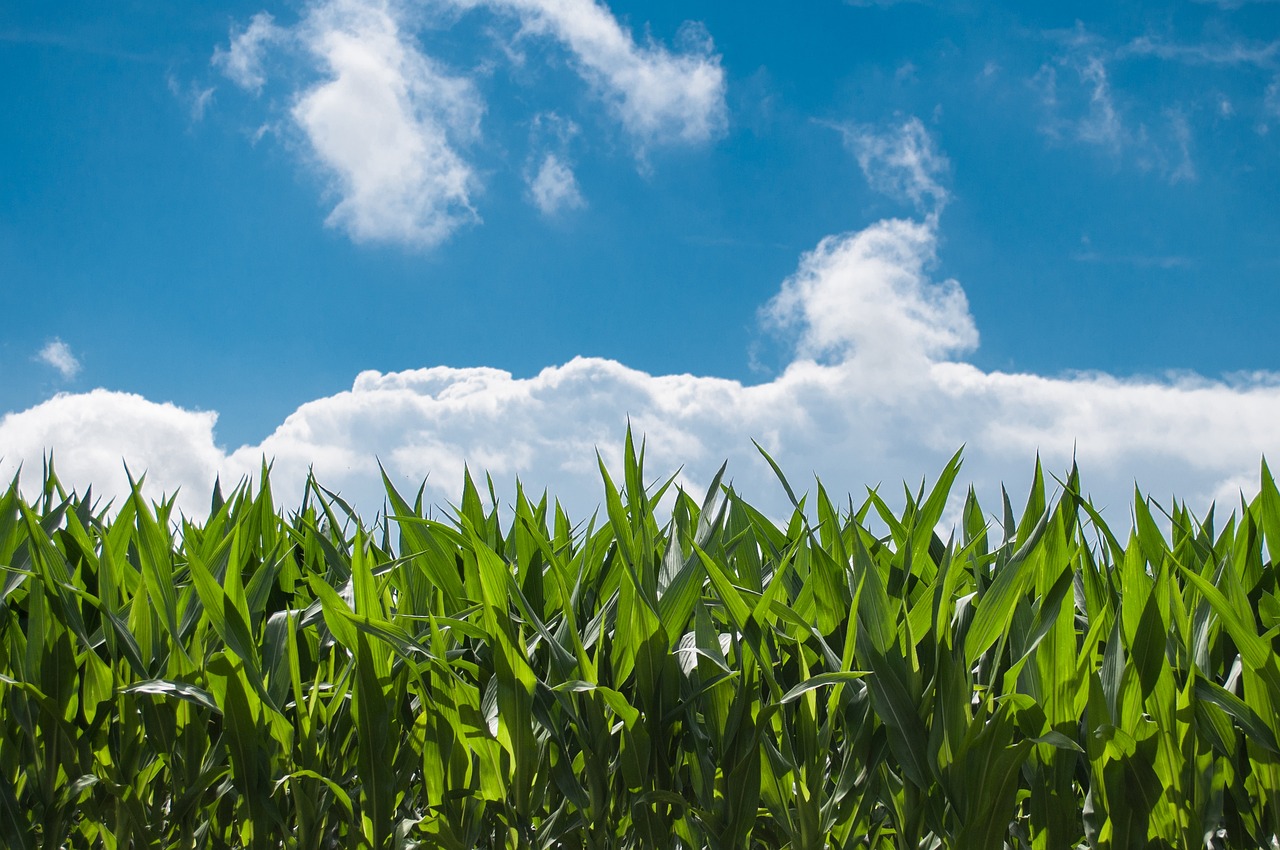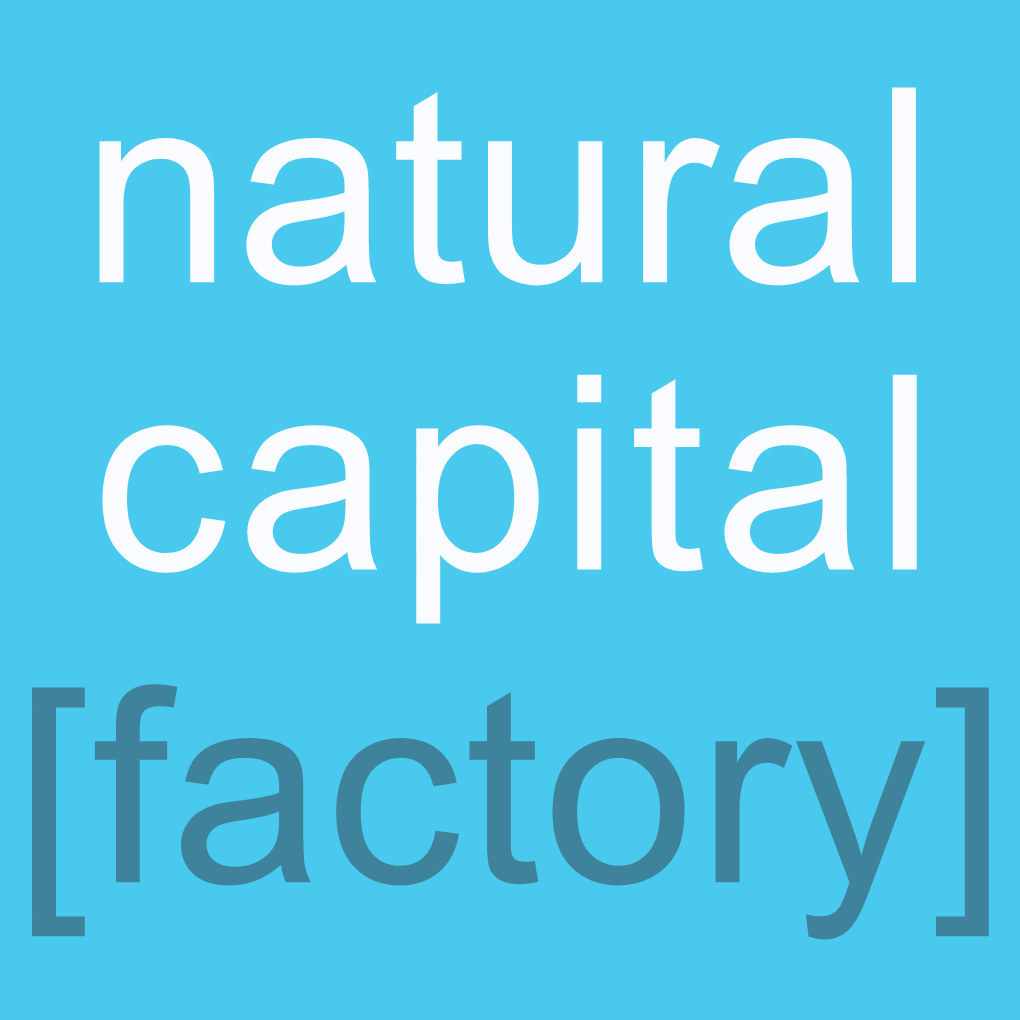The review is based on global literature but also addresses the potential and limitations of conservation agriculture for low productivity, smallholder farming systems, particularly in Sub Saharan Africa and South Asia. There is clear evidence that topsoil organic matter increases with conservation agriculture and with it other soil properties and processes that reduce erosion and runoff and increase water quality. The impacts on other ecosystem services are less clear.
Only about half the 100+ studies comparing soil carbon sequestration with no-till and conventional tillage indicated increased sequestration with no till; this is despite continued claims that conservation agriculture sequesters soil carbon. The same can be said for other ecosystem services. Some studies report higher greenhouse gas emissions (nitrous oxide and methane) with conservation agriculture compared to conventional, while others find lower emissions.
Soil moisture retention can be higher with conservation agriculture, resulting in higher and more stable yields during dry seasons but the amounts of residues and soil organic matter levels required to attain higher soil moisture content is not known. Biodiversity is higher in CA compared to conventional practices. In general, this higher diversity can be related to increased ecosystem services such as pest control or pollination but strong evidence of cause and effect or good estimates of magnitude of impact are few and these effects are not consistent.
The delivery of ecosystem services with conservation agriculture will vary with the climate, soils and crop rotations but there is insufficient information to support a predictive understanding of where conservation agriculture results in better delivery of ecosystem services compared to conventional practices.

- Pixabay.com
Conservation agriculture and ecosystem services: An overview
Main author
Year
Labels
- conservation agriculture
- ecosystem services

